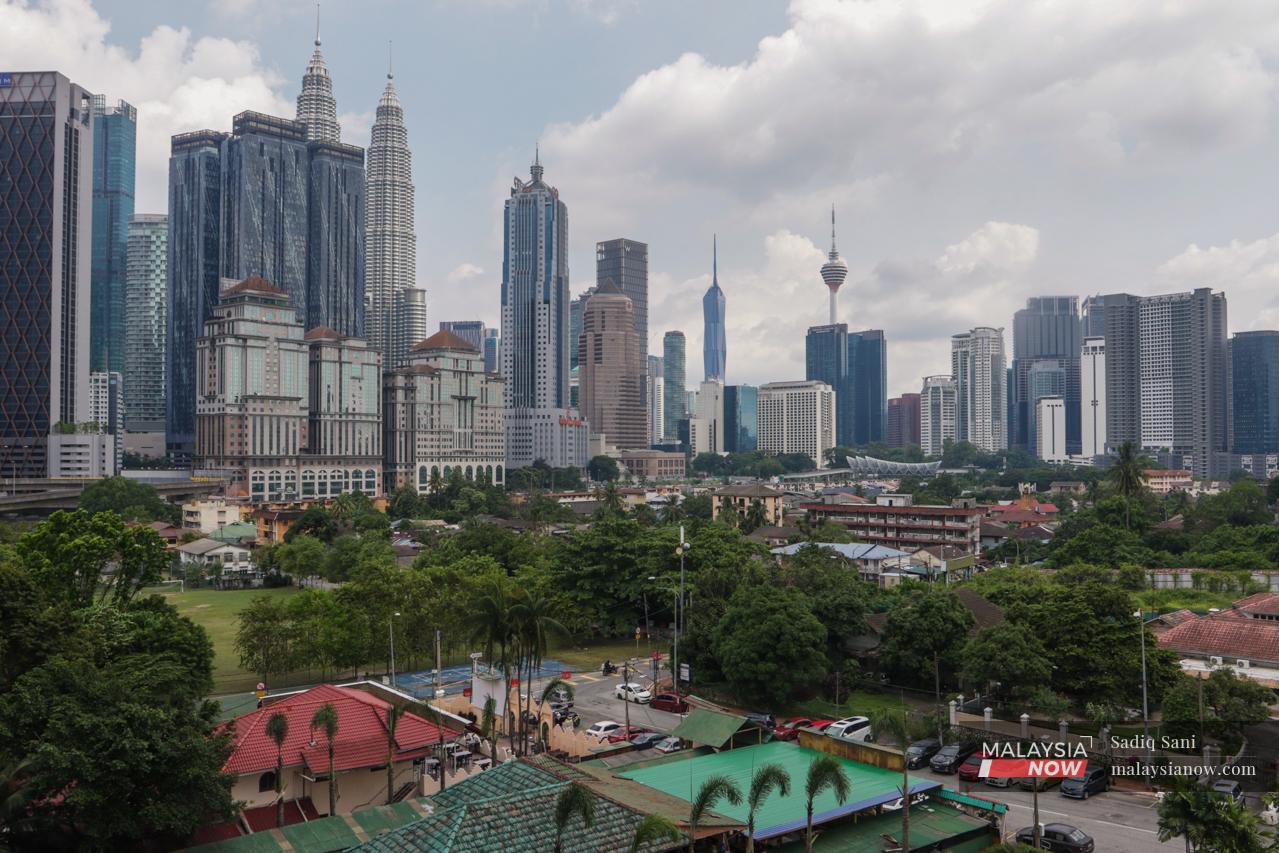Gallery
Kampung Baru, KL’s last Malay enclave
A testament to time gone by, the village of Kampung Baru has maintained its hold on Malay traditions despite the advances of the modern world in the capital city around it.
Ahmad Sadiq Mohamad Sani
2 minute read
Share
- Advertisement -
Just In



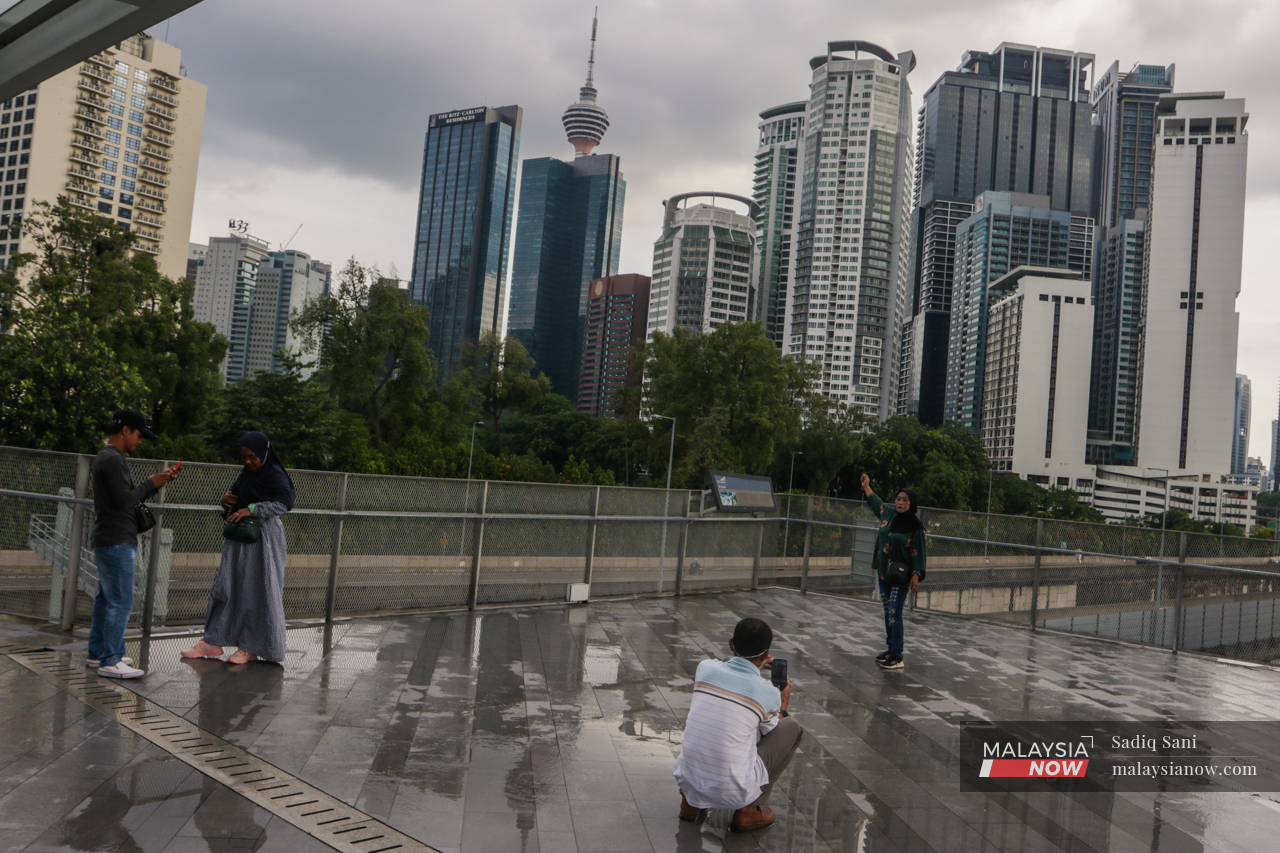


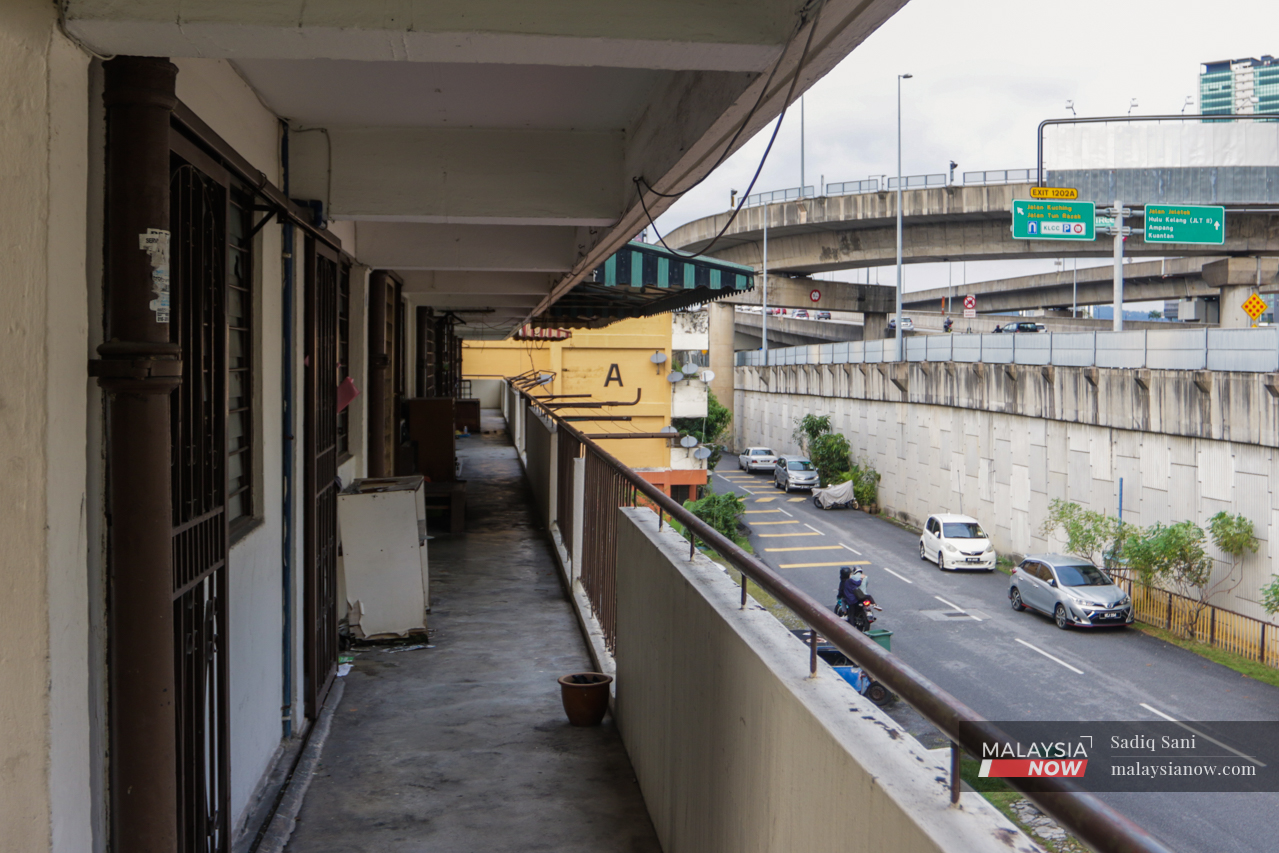


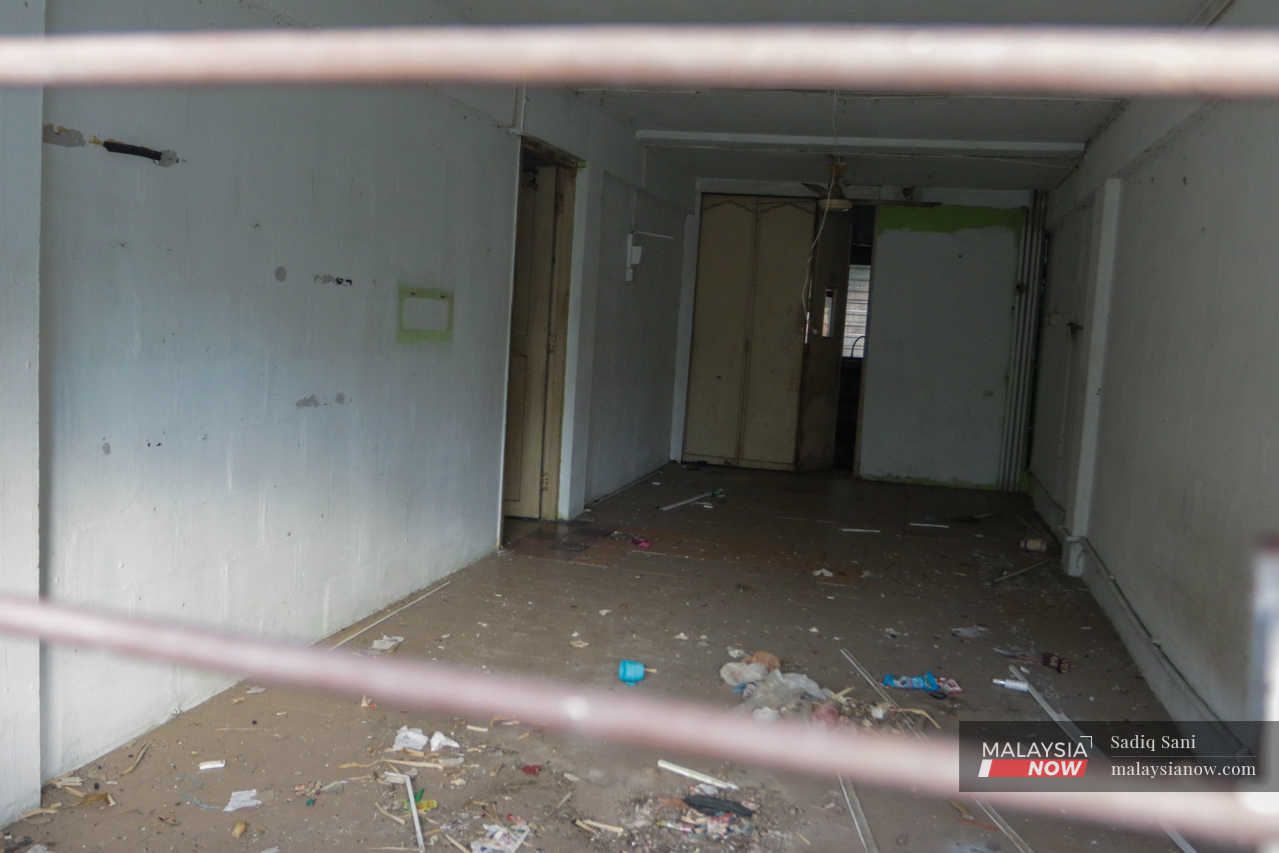


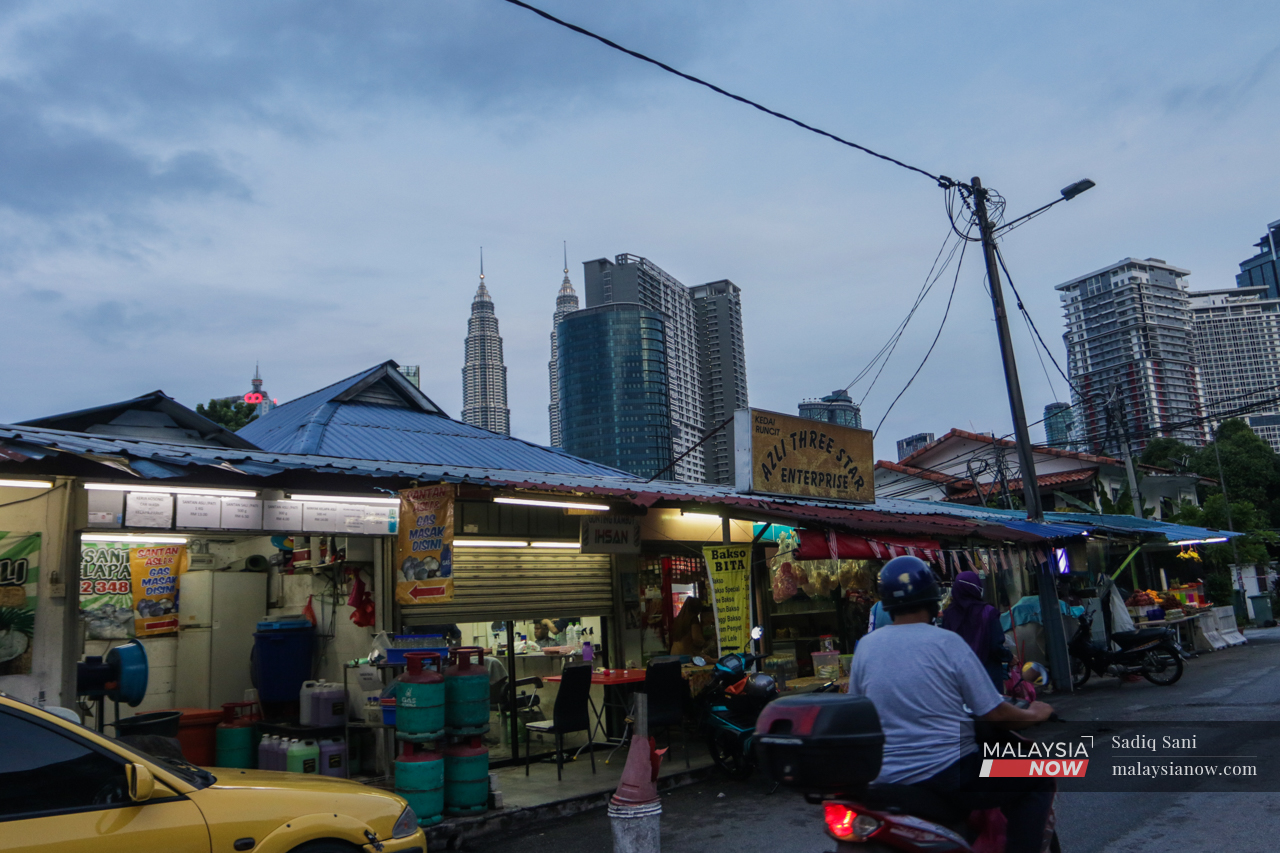
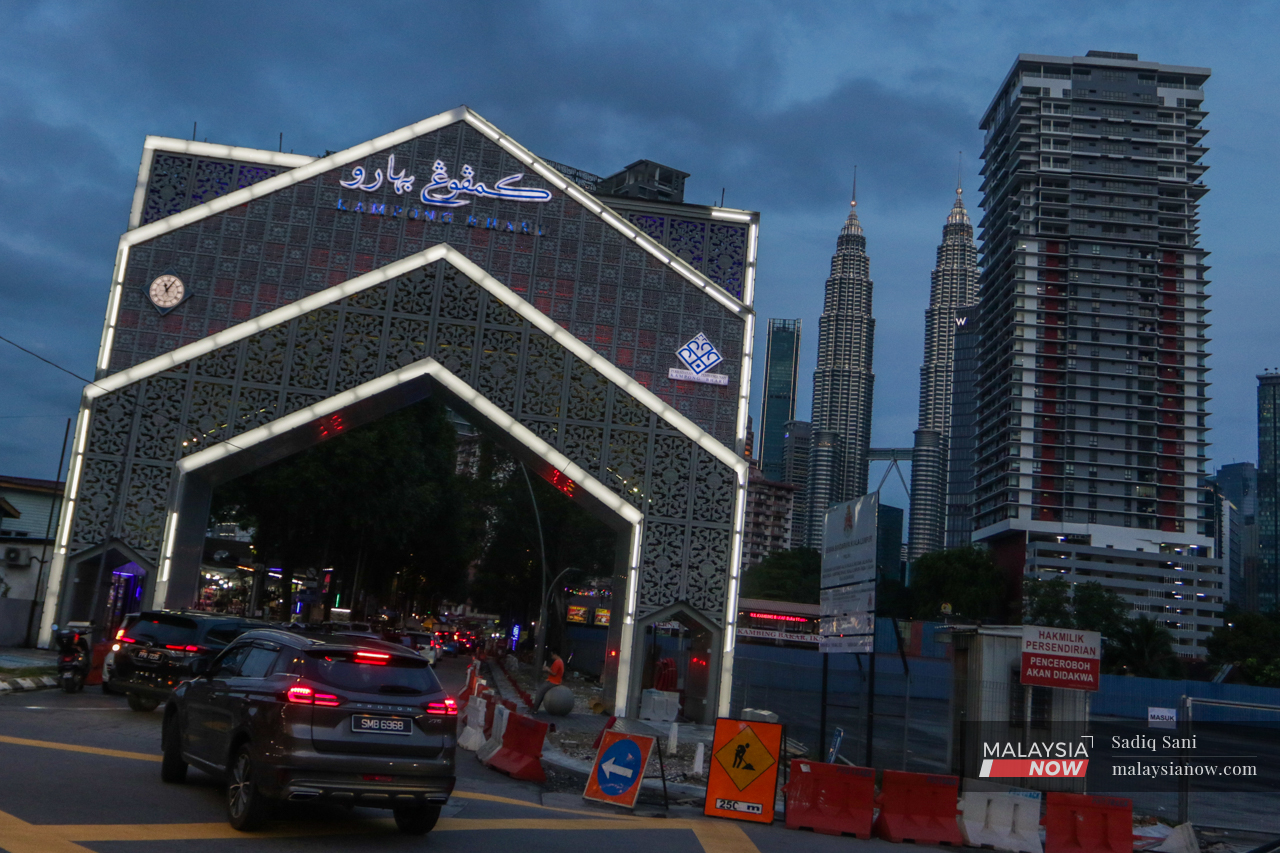

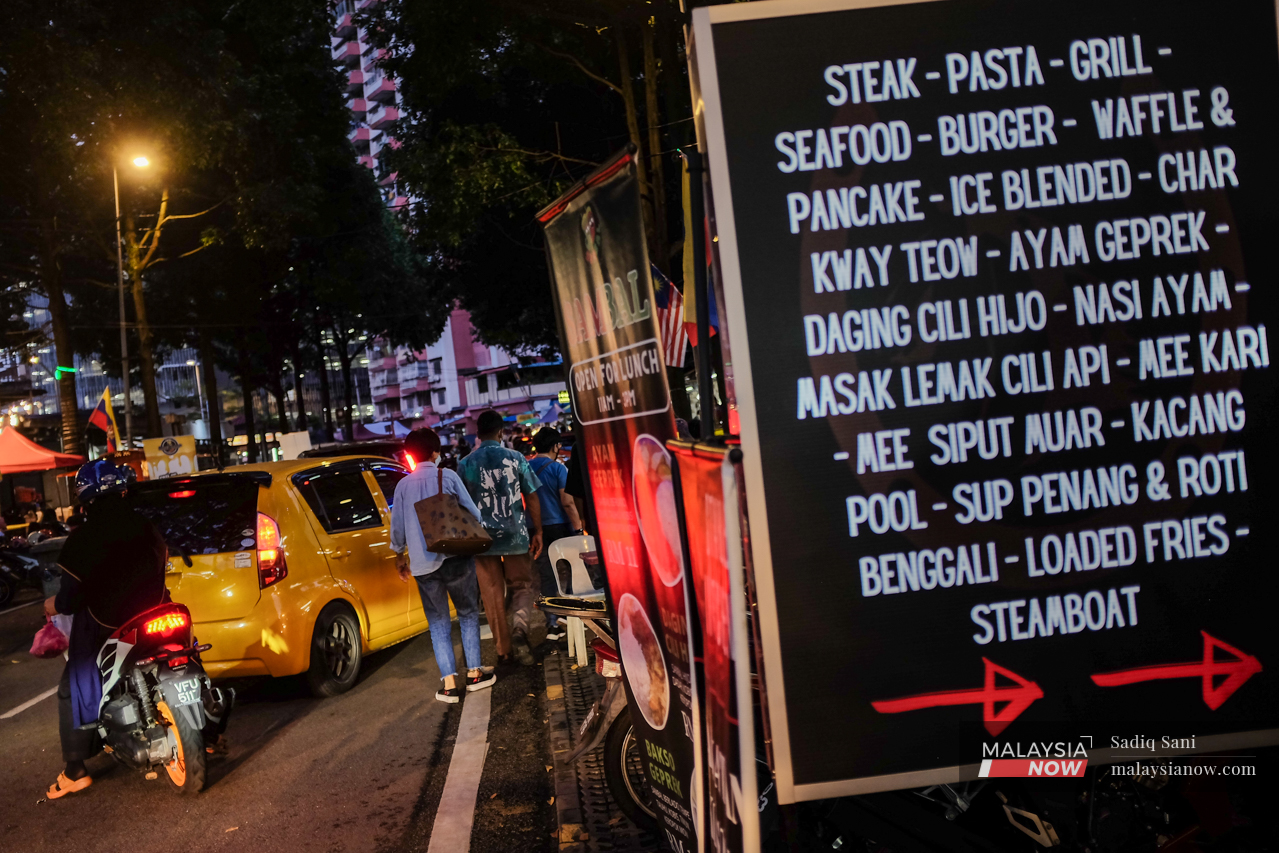

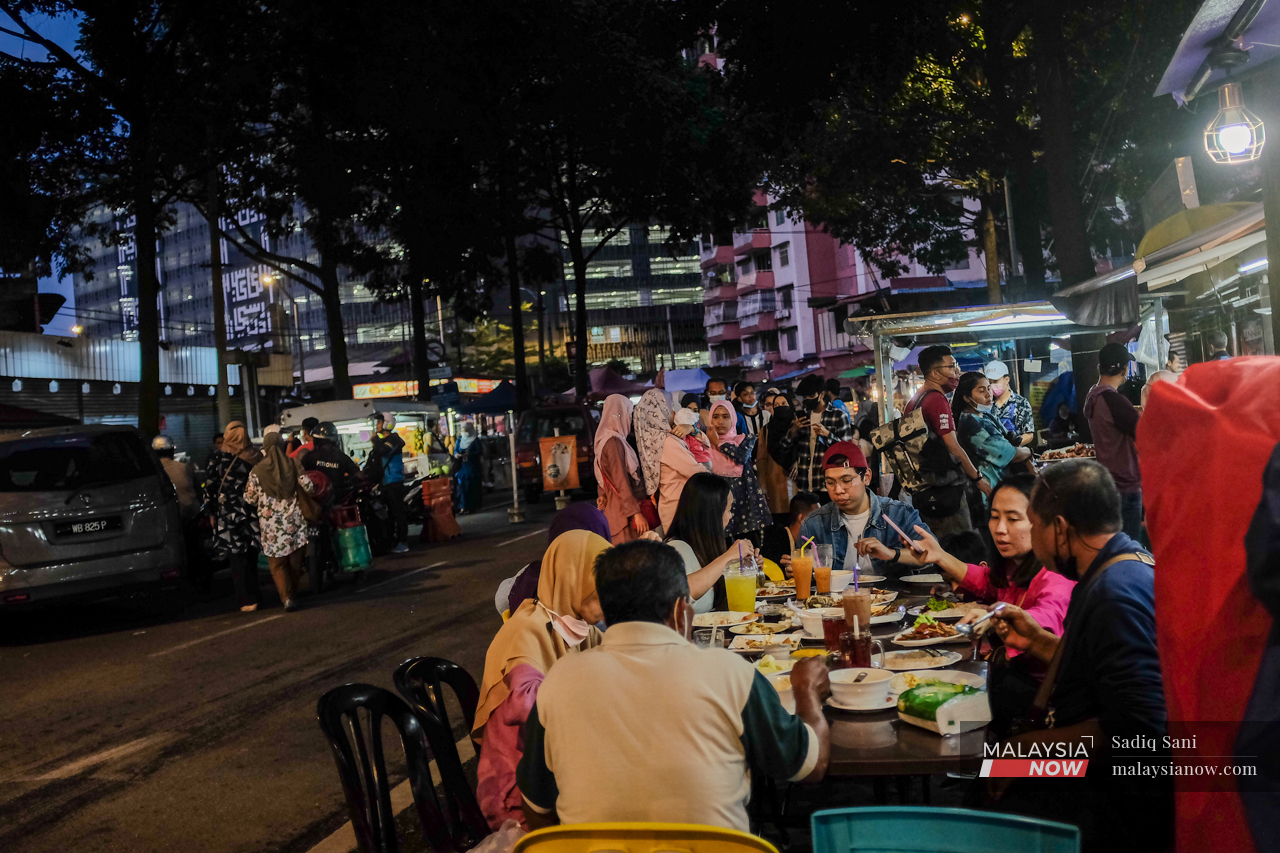


Subscribe to our newsletter
To be updated with all the latest news and analyses daily.
Share
- Advertisement -
Most Read
No articles found.
